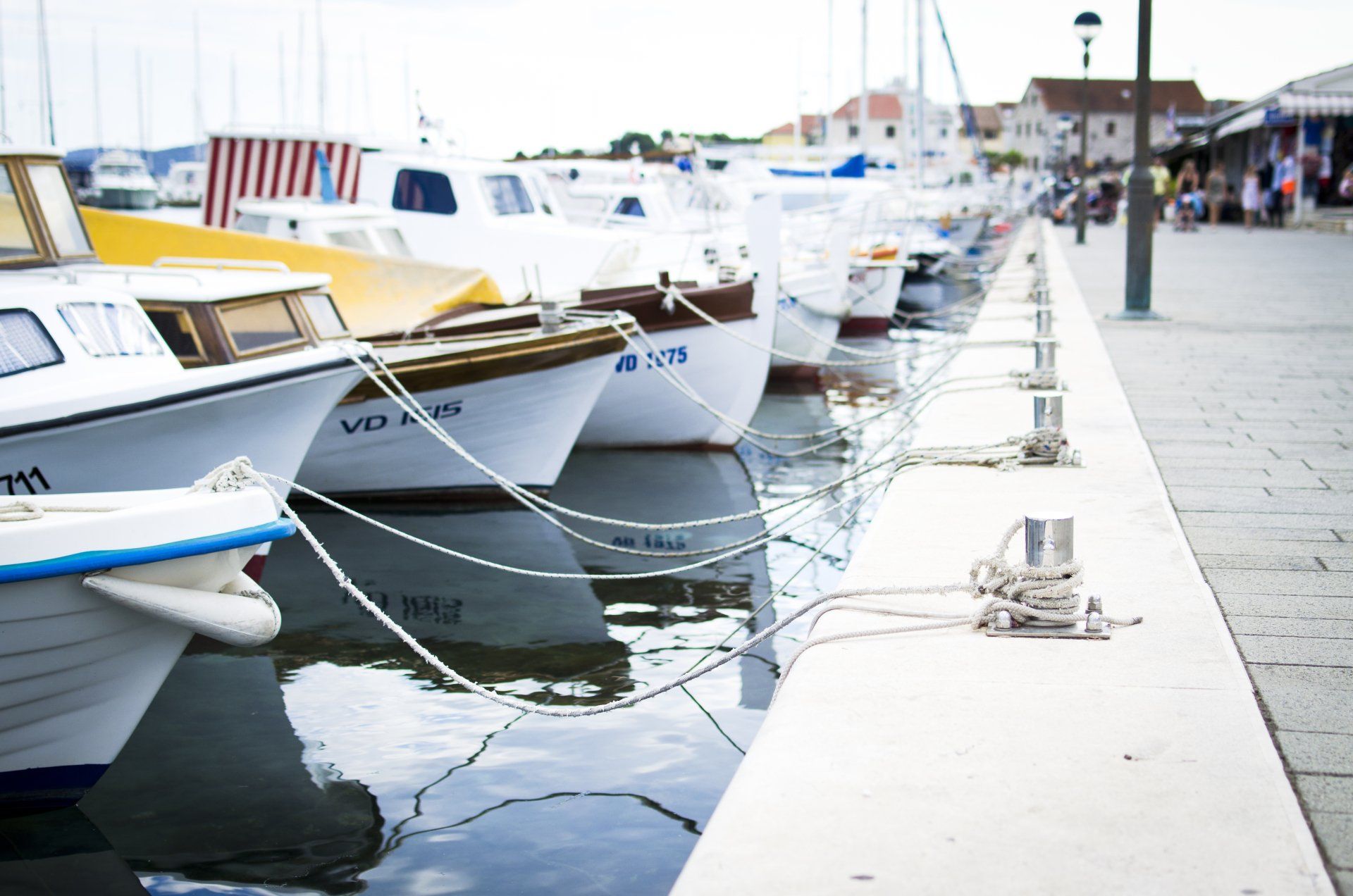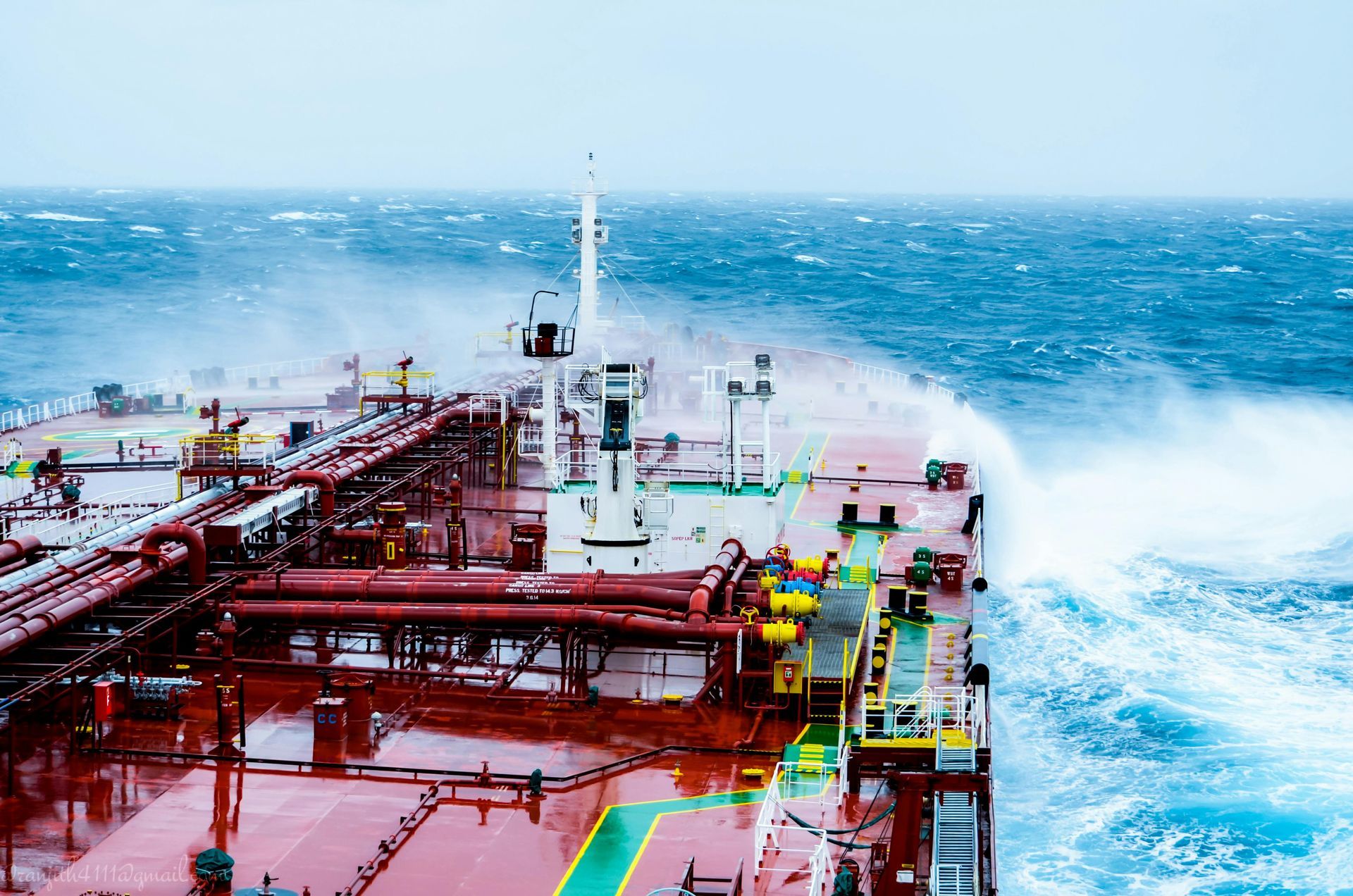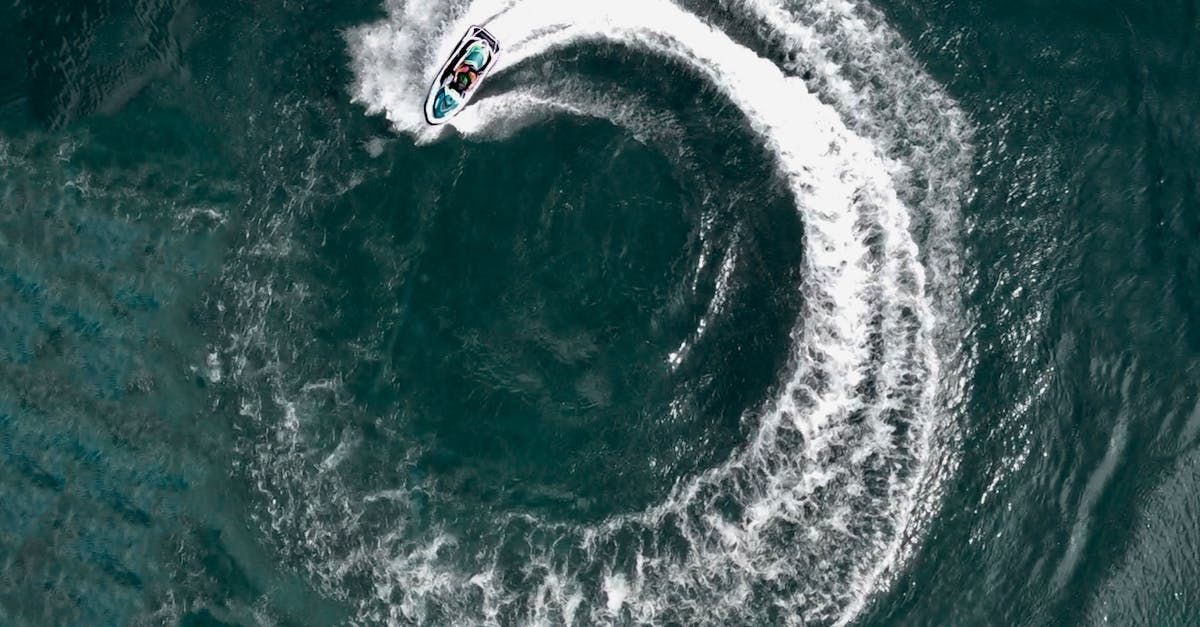
Recently, June 2025, an apparently drugged-out operator dangerously drove a cabin cruiser into a marina at Discovery Bay, California, striking a paddle surfer and causing damage to several moored vessels. Judging from the video, the vessel was doing about 25 miles per hour in a 5-mile per hour zone, throwing a nasty wake. Because the conduct occurred upon navigable waters, claimants have the option of suing in either Federal Court, which has jurisdiction pursuant to 28 U.S.C., §1333 or suing in the Superior Court for Contra Costa County pursuant to California Civil Code, §1714. Suing in state court would be the better choice because: the claimant, now plaintiff, can use maritime law (Kermarec v. Compagnie Generale Transatlantique, 358 U.S. 625 (1959); followed, DeRoche v. Commodore Cruise Line, Ltd., (1994)31 Cal. App. 4th 802, 807.) and have the right to trial by jury; whereas, filing in federal court would allow the defense to argue that the suit is one falling under admiralty laws (a subdivision of maritime law), and there is no right to a jury in admiralty law. (The Seventh Amendment to the United States Constitution only guarantees a jury trial in matters of common law, which admiralty law is not.) The California law standard to prove the right to punitive damage award is much stricter than maritime law. The California standard is, “ . . . [proof] by clear and convincing evidence that the defendant has been guilty of oppression, fraud, or malice . . .”; whereas, the maritime standard is, “ . . . punitive damages are allowable under federal maritime law and are awarded under a preponderance of the evidence standard of proof. (See In re Exxon Valdez 270 F.3d 1215, 1226, 1232(9th Cir. 2001)” quoted by Colombo v. BRP US Inc. (2014), 230 Cal. App. 4th 1442, 1456. The Columbo Court further explains: an award of punitive damages under federal maritime law can be based on mere reckless conduct or gross negligence. [Footnote 8] See, e.g., Exxon Shipping Co. v. Baker(2008) 554 U.S. 471, 493 [171 L. Ed. 2d 570, 128 S. Ct. 2605] (Exxon) [explaining an award of punitive damages in federal maritime cases may be based on mere reckless conduct that is worse than negligence, but “is not intentional or malicious, nor is it necessarily callous toward the risk of harming others, as opposed to unheedful of it”] Columbo, at 1456. Preponderance of evidence versus clear and convincing? Oppression, fraud, or malice versus mere reckless conduct or gross negligence? The choice is clear, Contra Costa Superior Court. Recently Berschler Associates, PC convinced a set of reckless pleasure boat operators/owners to pay tens of thousands of dollars of their private money in addition to their insurance company paying all of the large policy in settlement, not in trial – in settlement. This result probably could not have been achieved by even the best non-maritime attorneys because they do not know the law and they do not know how to put convincing evidence and proper liability experts together to create a forceful, truthful, persuasive case.

Jones Act seafarers ought to act quickly to protect their claims arising out of the collision between the tanker vessel m/t STENA IMMACULATE and Portuguese freighter m/v SOLONG, owned by German company Reederei Koepping, in the North sea near Hull in East Yorkshire, England, UK on March 10, 2025. Because the tanker was chartered by Crowley Shipping, a division of Crowley Maritime that is headquartered in Florida and incorporated in Delaware, the Jones Act seafarers employed by Crowley could sue their employer in Florida, Delaware or any place in the United States where Crowley and the mariner’s contacts were sufficiently strong. Yet, what about the responsibility of the SOLONG? Will its liability be decided in the United Kingdom, Germany, Portugal or the United States? Probably various claims and litigation will arise in more than one country and likely each vessel’s interests now has begun thinking about how to manage the claims or lawsuits, possibly through one or two coordinated legal actions addressing all claims at once. Were Crowley able to secure jurisdiction over the vessel or its owner or its operator in the United States, a direct legal control could be through the Limitation of Liability Act of 1851, codified as 46 U.S.C. § 30523. Such a proceeding would allow the Jones Act seafarers to put their claims against their employer, the owner or owner pro hac vice of the STENA IMMACULATE and against the owners and operators of the SOLONG into a single legal action while also enabling Crowley to address its own damage claims against the SOLONG and its interests. Nevertheless, it appears that the collision occurred in English waters and the admiralty jurisdiction of the United Kingdom will be the situs of litigation. Crowley might take a tactical move of preemptively reaching out to the inured seafarers it employed, obtaining quick settlements that would allow Crowley to seek indemnity (reimbursement) from the SOLLANO interests.

One of the most stimulating aspects of litigating the maritime law is the prevalence of judge-made law(case law). Another feature is encountering foolish acts by recreational boat operators doing things they would not dream of doing when driving a vehicle or riding a bike. Recently viral was a video of a whale breaching then slamming down upon a boat that got too close off Rye, New Hampshire. No one hurt there. However, Berschler Associates, PC recently achieved justice for a passenger severely injured when the driver of the speedboat decided it would be fun to initiate a ”sideshow,” doing donuts in the water. A key feature of this case was the issue of punitive damage exposure. Could our client punish the driver financially for being reckless? Under state law, our client would have to prove malice to support punitive damages. “malice” in state law requires proof by clear and convincing evidence that defendant’s tortious wrong amounted to “despicable conduct” and that such despicable conduct was carried on with a “willful and conscious disregard” of the rights or safety of others. (Civil Code section 3294(c)(1); College Hospital, Inc. v. Superior Court (1994) 8 Cal. 4th 704, 725.) Berschler Associates avoided that “dead end”: by invoking the General Maritime Law (“GML”) pursuant to 28 U.S.C., §133(1) [The “Savings to Suitors” clause allowing state courts jurisdiction to try certain maritime claims.] In Exxon Shipping Co. v. Baker , 554 U.S. 471 (2008), the U.S. Supreme Court discussed the long history of punitive damage being available under the GML. Our client’s challenge was to prove by a preponderance of the evidence that the driver was indeed reckless, not merely negligent. We have a video clip of the boat at speed and knew of its make and model from which we obtained specifications of build and performance from the manufacturer. Using these, our expert was able to “reverse engineer” to determine speeds, turning radius and G-forces. As seen in the diagram below, we established the speedboat was traveling 49.6 mph when it hit a wake of another boat also “donuting” in unison. The G-force created was ~4.9 upon the passengers, one of whom was thrown into our client. Reckless enough for you? Everyone in the case thought so, too. Success in litigation is a product of hard work and thinking outside the box.




